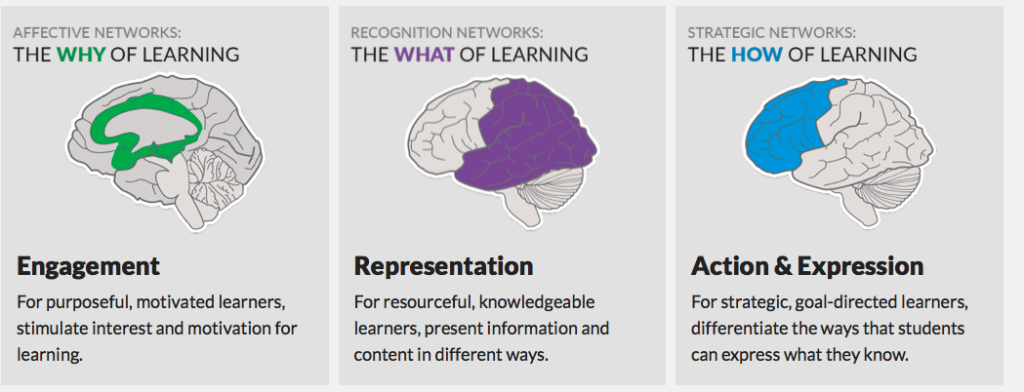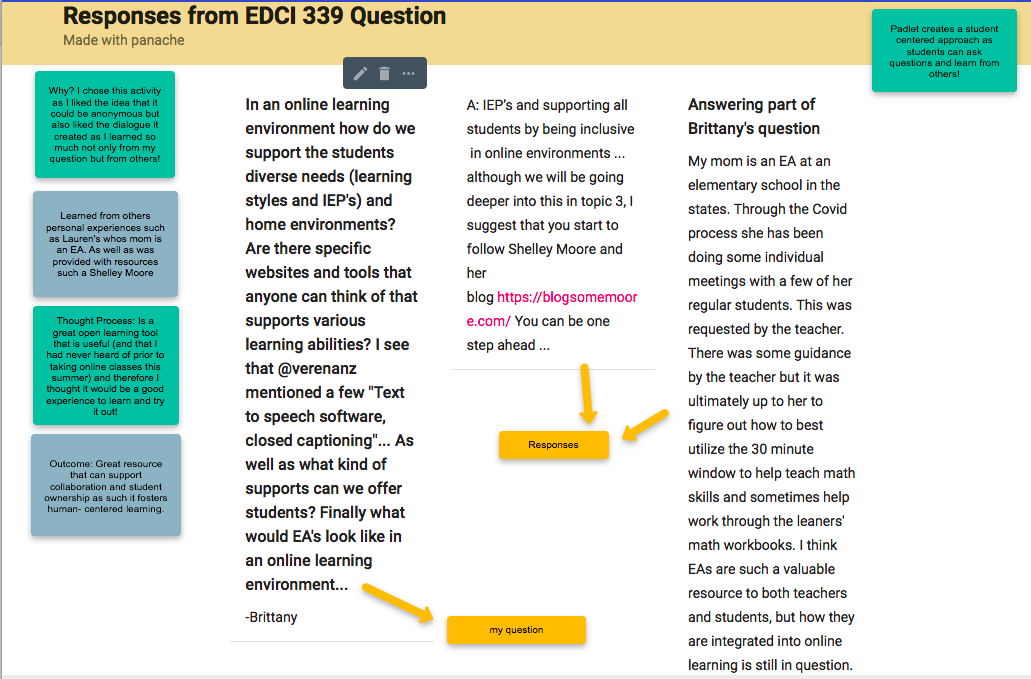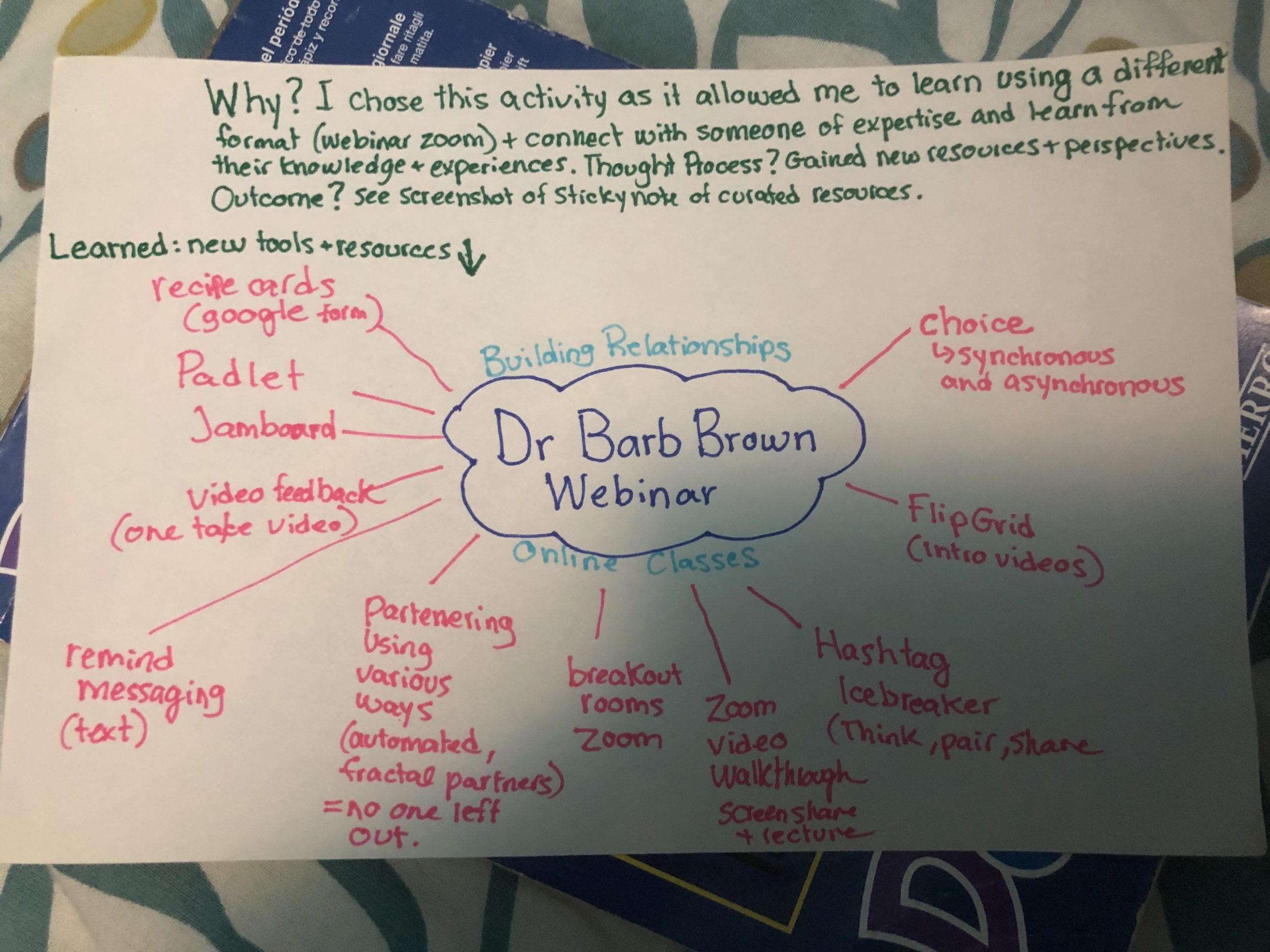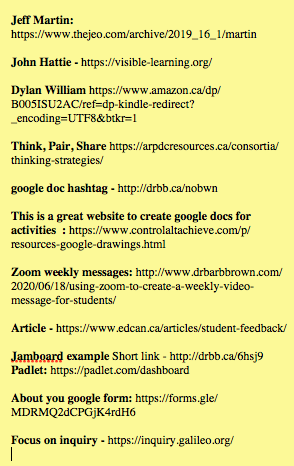Individual post #3: How can you ensure equitable access to authentic, meaningful & relevant learning environments for all learners in K-12 open and distributed learning contexts? What did you already know, what do you know now based on the course readings and activities, what do you hope to learn?
Prior to the readings I was familiar with the UDL principles and the idea of inclusive education, however now I am more familiar with how to meet all student needs in an online setting as well. I hope to further learn techniques to create an effective online learning environment as I think that the process of learning about online learning is ever evolving and from this pandemic we will learn many useful skills that can be used for both online classes and platforms but also for in class. Technology is always developing and therefore we are learning from it and how the resources can be useful.
A key aspect in regard to creating an equitable, accessible, meaningful and authentic learning environment in online and open learning is design. In order to ensure that all students are the centre of their learning and that they are empowered in their learning, we must consider the diversity of student learners and a good way to do that is through the UDL principles. This provides multiple ways for students to succeed as it fosters options. As such, Basham et al., (2018), suggests that this model goal is “to remove barriers in curricula and across digital as well as physical learning environments.” (p.480). To learn more about the UDL guidelines visit: http://udlguidelines.cast.org .

Retrieved from: http://udlguidelines.cast.org
According to Basham et al., (2018), these guidelines are “meant to proactively address the academic, social and cultural distinctions of today’s schools.” (p.480). As such it recognizes more than just the all external factors which makes me think of the psychological effect on children and how these considerations would lead to increased motivation. Which makes me think back to my Ed-d 301 class that addressed student needs in relation to self-determination theory and the circle of courage for example. As well as Bronfenbrenner’s ecological model as it parallels the idea that everything has an influence on the individual and the child is at the centre of their learning.

Retrieved from: https://www.researchgate.net/figure/Bronfenbrenner-ecological-theory-of-child-development-Source-Santrock-2008-p33_fig1_308606611

Retrieved from: http://www.sd27.bc.ca/wp-content/uploads/2014/07/sense-belonging.jpg
These models can and should be considered when designing online lessons as they foster student engagement and motivation. Hence it allows children to be the centre of their learning. The designing principles suggested by Kral and Swab (2012) also align with this idea!
Therefore, the addressed factors above help guide us to create a purposeful design that will help empower our students in online and open learning environments. By considering UDL guidelines we are providing students with opportunity of choice that can support their individual learning styles and needs. Heather in our course Slack addressed the need of communication, this stresses the need of relationship building again online and shared a great article that helped teachers transition online. Throughout online learning I think it is important to align with FIPPA guidelines and meet student needs and worries. As such creating a safe space where the Kral and Swab principles can be accomplished through various means is crucial. As these cannot be accomplished until the students and families feel comfortable online and in open learning, we must foster the idea of the learning process and how mistakes are ok.
References
Basham, J.D., Blackorby, J., Stahl, S. & Zhang, L. (2018) Universal Design for Learning Because Students are (the) Variable. In R. Ferdig & K. Kennedy (Eds.), Handbook of research on K-12 online and blended learning (pp. 477-507). Pittsburgh, PA: Carnegie Mellon University ETC Press.
CAST (2018). Universal Design for Learning Guidelines version 2.2. Retrieved from http://udlguidelines.cast.org
Kral, I. & Schwab, R.G. (2012). Chapter 4: Design Principles for Indigenous Learning Spaces. Safe Learning Spaces. Youth, Literacy and New Media in Remote Indigenous Australia. ANU Press. http://doi.org/10.22459/LS.08.2012 Retrieved from: http://press-files.anu.edu.au/downloads/press/p197731/pdf/ch041.pdf







Recent Comments